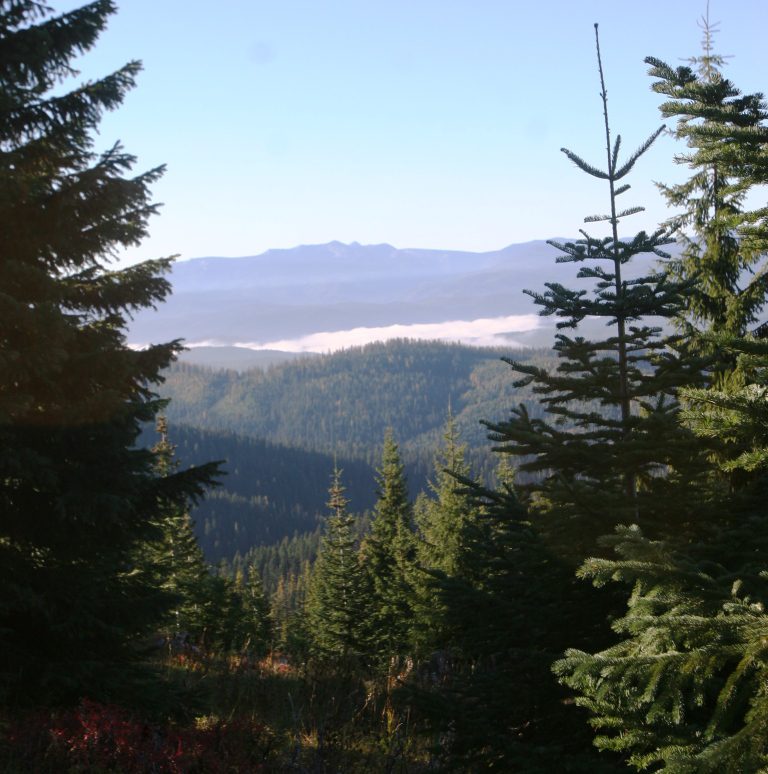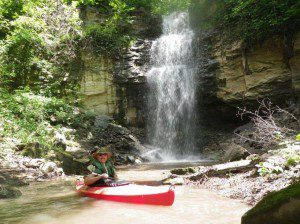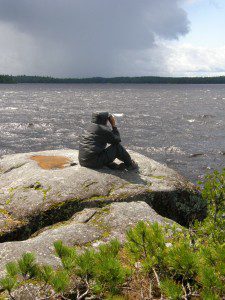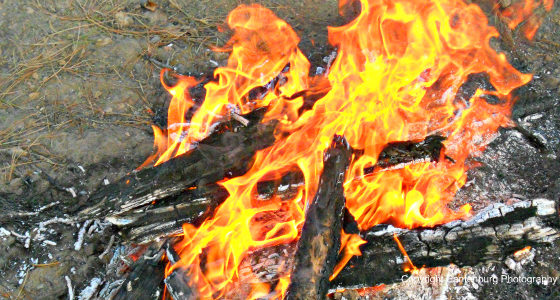It rains outside, so carrying rain gear should be a no-brainer. But what is the best rain suit for your needs? Or, is a rain suit the best choice?
by Leon Pantenburg
Rain follows me. Over Christmas break, 1977, John Nerness and I went backpacking in Death Valley, CA. Packing rain gear seemed like a waste of time – after all, the average annual rainfall is 2.36 inches. Some years it doesn’t rain at all.
But two days before Christmas, we ended up at the bar at Furnace Creek, waiting out a rain storm that washed out the road.
On my John Muir Trail through hike, it rained nine consecutive nights, with intermittent showers during the day. In Louisiana, during my 1980 Mississippi River canoe voyage, the rain lasted more than 40 hours at one stretch.
The moral of the story is you never truly know what the weather might hold and it’s always best to prepare for anything. And you better prepare for the worst!
I use and appreciate good raingear. But choosing the best for your needs may depend on different circumstances.
Essentially, rain gear choices boil down to two: poncho or rainsuit. I use both, depending on the circumstances and activity.
To help pick your raingear, here are some aspects to think about:
- Anticipated temperatures: A summer rainstorm, where the temperatures won’t get much below 70 to 80 degrees is a lot different than a mixed sleet/rain storm, where the temps are hovering around freezing.
- Activity: Sitting on a deer stand in the rain won’t generate near the body heat that hiking through the woods will. How much activity will you be doing, and how much heat will that generate?
- Budget: You get what you pay for. Wearing a cheap rainsuit or poncho during an extended rainstorm is guaranteed misery. The material may tear or the design may be inadequate to the conditions. Most frequently, hard use may cause it to leak at the seams.
- Packing: How bulky is the gear? If it takes up too much space, you might be tempted to leave it behind on a sunny day. Several hours later, you may end up really regretting that choice!
Poncho: A good poncho is my first choice for backpacking. I like the large, hooded ones that completely cover the pack and the hiker. You can work up quite a sweat hiking on some trails, and in those circumstances, wearing a rainsuit can feel like you’re inside a damp, cold plastic bag.
I’ve also worn a camouflaged poncho in a tree stand hunting whitetail deer in the rain. The poncho kept my blackpowder rifle dry so it would fire when needed.
But a poncho is not ideal. A large poncho allows you to keep you and your gear reasonably dry. I say “reasonably” because wearing a poncho in the wind is like wearing a sail that whips around, exposing you and your gear to the rain. Wearing a poncho while paddling and portaging a canoe can be miserable.
Rain suit: I have used several rain suits, and never found one that was entirely adequate. On my Mississippi River canoe trip, I spent the last month in almost constant rain. My cheap plastic rain jacket was miserably ineffective.
But a rain suit is only as good as its design and composition, and on this matter, I defer to Bob Patterson, of Mankato, Minn.
Bob and I were college roommates, and have done many, many camping, backpacking, climbing, canoeing and hunting trips together. Bob retired after a career as a fire fighter/emergency response professional, where he was outside in all weather conditions. He is a regular at the Boundary Waters Canoe Area Wilderness in Northern Minnesota.
Here are some thoughts from Bob on rain suits:
It only takes a couple of hours for a sunny swimsuit trip to turn into a cold, wet, miserable experience. This is what happened in 2009. We were headed for Lac La Croix on the Canadian border in the Boundary Waters
In the two miles it took to cross Lake Agnes, the wind came up, making it too rough to safely canoe any farther. The timing was close. We just made it to the campsite we were shooting for.
For the next one-and-one-half days, we were held prisoner in the campsite by a 40-mph wind. Temperatures dropped and periodic waves of rain were pushed through the area. Proper clothing made the difference between making the best of a tolerable situation and suffering through a miserable one.
One note on waterproof/breathable material. I still have at least 50 jackets, parkas etc., and have owned many more, made of about every kind of waterproof/breathable material on the market.
If you are going to use the coat for doing any work in the rain, get one with ventilation. There is no waterproof/breathable material that will transport perspiration fast enough to keep you dry on the inside if you’re putting out any kind of effort. It doesn’t take much effort – cutting fire wood, walking with a pack, walking without a pack, pitching tents – to work up a sweat.
I prefer pit zips, but they also make side zips, pocket vents, back vents, and host of others. The bottom line is: to remain comfortable and dry, you have to get the moisture out, and material alone won’t do it adequately.
Keep your paddle in the water.
Please click here to check out and subscribe to the SurvivalCommonSense.com YouTube channel, and here to subscribe to our weekly email update – thanks!







Leave a Reply